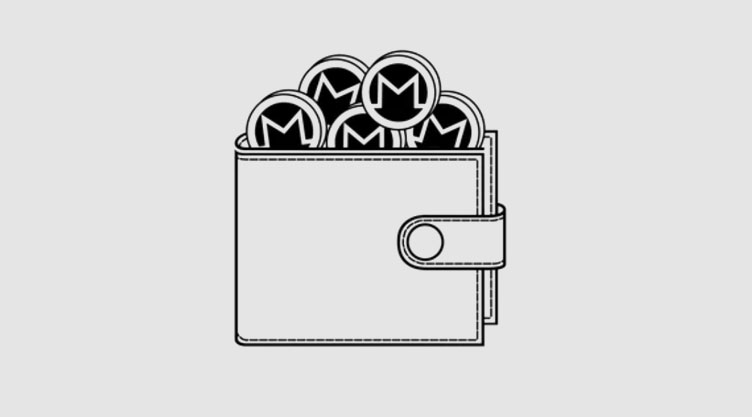Investing in cryptocurrency and turning a profit can feel quite fulfilling, but it is also a full-time endeavor. While the act itself of buying and selling coins doesn’t take up much time, monitoring and securing your investments is part of a lengthier process. Although cryptocurrency trading involves highly secure transactions thanks to blockchain technology, adding another layer of security won’t hurt.
For Monero traders, although the cryptocurrency network is built so that transactions are literally private and anonymous, it wouldn’t hurt to use an XMR wallet to secure and keep track of your coins.
That said, it’s important to always have some security measures in place to ensure that your earnings are kept safe. Here’s how:
Protecting Your Monero Wallet from Scams and Other Fraudulent Activities
Because most transactions are done in the digital space, cryptocurrencies are more susceptible to being attacked by online hackers. However, while securing your Monero wallet against outright attacks on your account is needed, it’s equally important to be aware of other tactics scammers, hackers, and other fraudsters make use of to infiltrate crypto users.
Two of the most common fraudulent activities are listed below:
Phishing
Simply put, phishing is the act of sending a fraudulent link, image, or piece of online media that will give hackers access to your device. Having the best XMR wallet will definitely beef up your security, but you can protect your wallet by not exposing it in the first place. Avoid clicking on suspicious links and double-check that you have only transacted what you needed without getting distracted by anything else.
Sim Swapping
Another scam to watch out for is sim swapping. Swim swappers target your two-factor authentication by calling your phone company and convincing them to turn over your details. Once they have your two-factor authentication, hackers will have access to your account and all your digital currencies there. If you can avoid it, don’t opt for two-factor authentication for your exchanges.
How to Safeguard Your Monero Wallet
Now that we’ve identified what to watch out for and how to strengthen your defenses against these types of attacks, we’ll get into the more general safety precautions you can take to avoid becoming a target for such malicious activities:
Don’t Connect To Public WiFi
Most hackers, like phishers, rely on infiltrating public networks to get into crypto users’ devices, accounts, and even digital wallets. When transacting, do not connect to public wifi, as you never know who has access to these connections. Make sure you conduct transactions in a secure area, as well as a secure network. Use a VPN if possible, as this will change your IP address and location, more or less shielding you from potential hackers.
On the other hand, you can also invest in cold wallets, which don’t connect to the internet at all and thus cannot be infiltrated from the web. However, there might be thieves who can physically steal your cold wallet, so maintaining a cold wallet in addition to, but not as a replacement of, your main wallet can help you with keeping your digital wallet and coins safe. More on this later.
Transact with a Secure Device
On the one hand, what goes on in the digital space will definitely matter, since that is, after all, where you conduct your transactions. Conversely, make sure that the device where you store your wallet isn’t corrupted either. Once hackers have infiltrated your device using malicious software, they can easily pry open anything on your computer or phone, which means they’ll also have direct access to your coins. Avoid this by acquiring strong firewalls and anti-malware apps, and make sure to keep them up-to-date.
Distribute Your Coins
As the saying goes, don’t put all your eggs in one basket. Sometimes incidents of hacking might occur, and one of your wallets might get compromised. However, you can still keep cryptocurrency investments safe by diversifying your portfolio and creating more than one wallet.
Earlier, we said that having a hot wallet (i.e. a digital wallet) and a cold wallet will benefit you and protect your main wallet and coins. Well, this is exactly the instance when such a tactic will come in handy. Create one wallet for regular transactions and another for your “savings.”
Change Passwords Regularly
Like with most digital accounts, keeping your wallet safe means changing your passwords regularly. Keeping your security keys to yourself is imperative, but once a hacker has access to your username and password, the probability of them being able to gain access to your cryptocurrency is highly likely. Avoid this scenario by changing passwords often. If you’re one to forget to do such things, set a reminder on your phone to help you remember.
The importance of changing passwords cannot be stressed enough. Passwords are, as it were, keys to your vault. Once you’ve changed them, however, you can’t just leave it at that., As we mentioned earlier, devices that connect to the internet are more vulnerable than those that do not. You can keep them in a secure password manager, or, better yet, write them down on a physical piece of paper and store it somewhere safe.
Conclusion
For Monero traders keeping your wallet secure is a matter that shouldn’t be taken lightly. Investing in the safety of your wallet also means you want to secure your digital coins and avoid them from being stolen by others with malicious intent. You can try out a combination of these safety measures to make sure your wallet is protected. This may help keep your wallet away from prying eyes and keep your anxieties about your security at bay.
